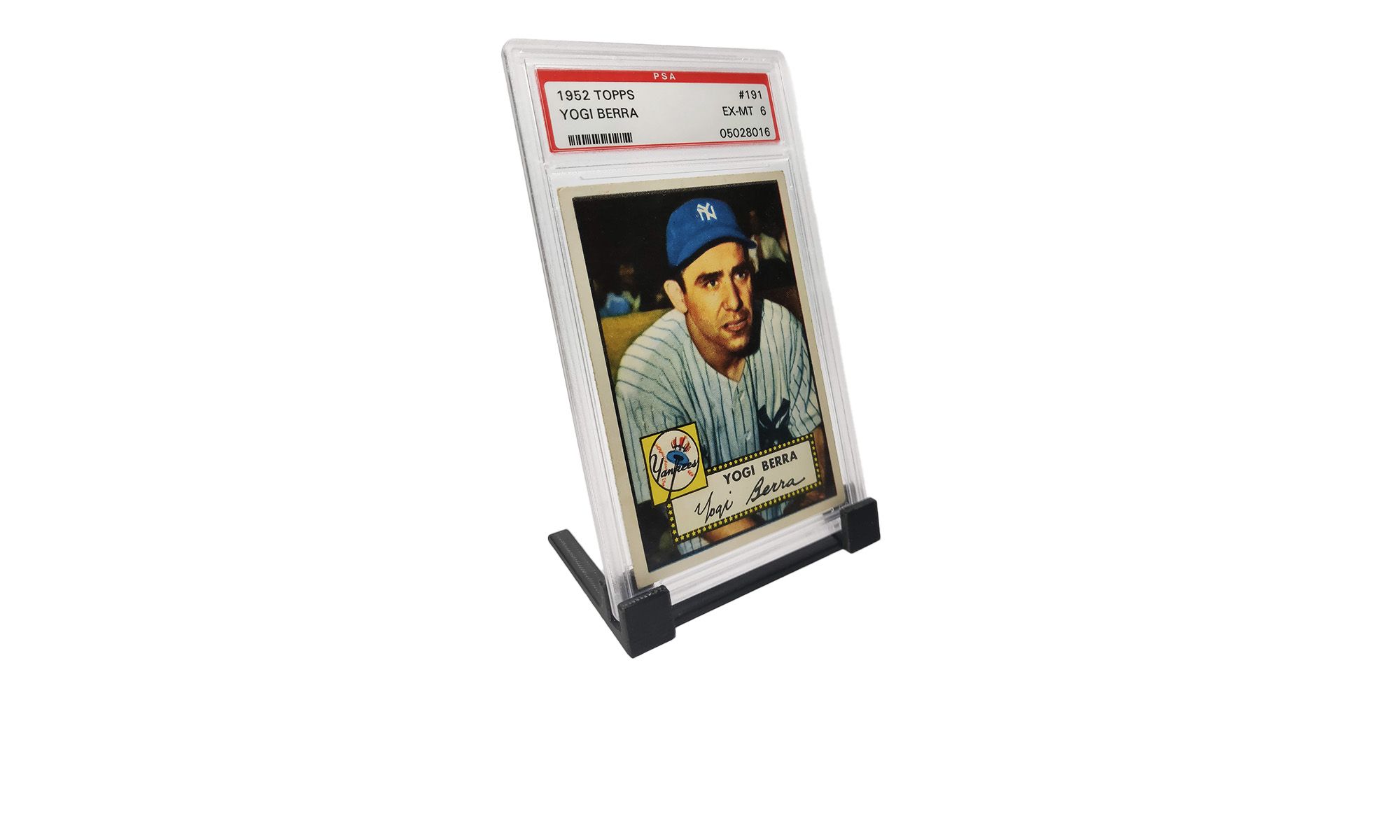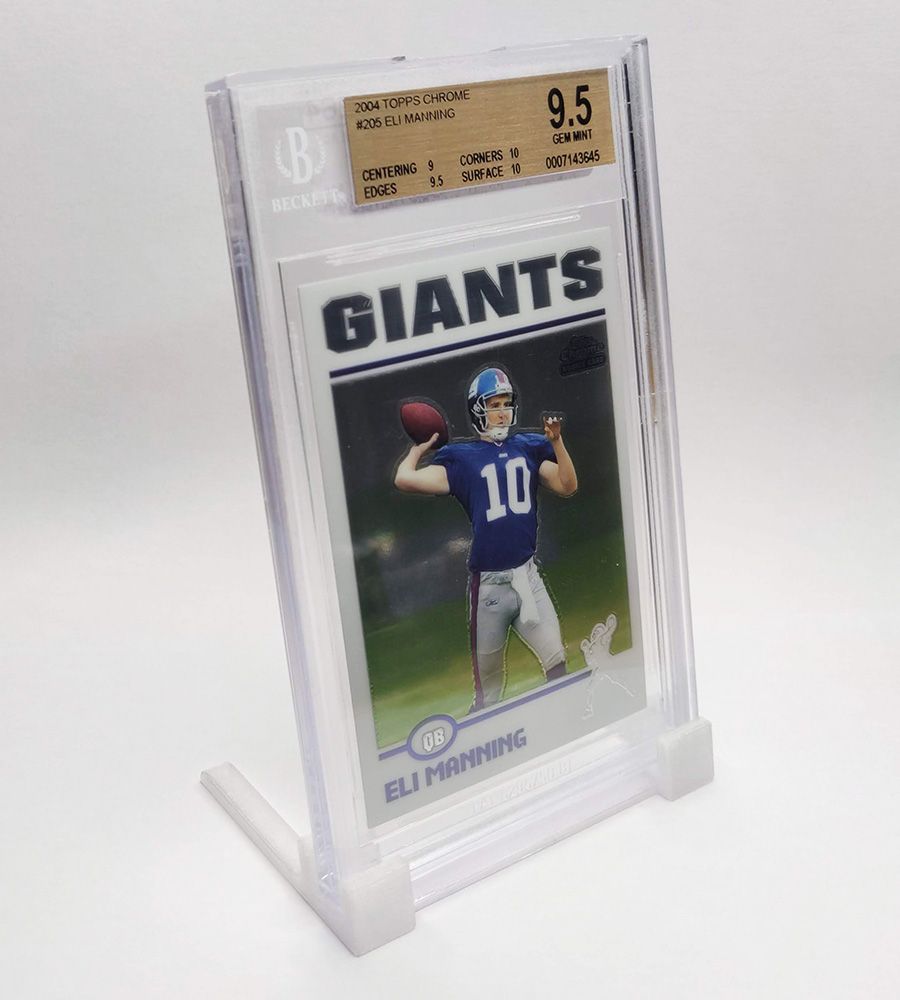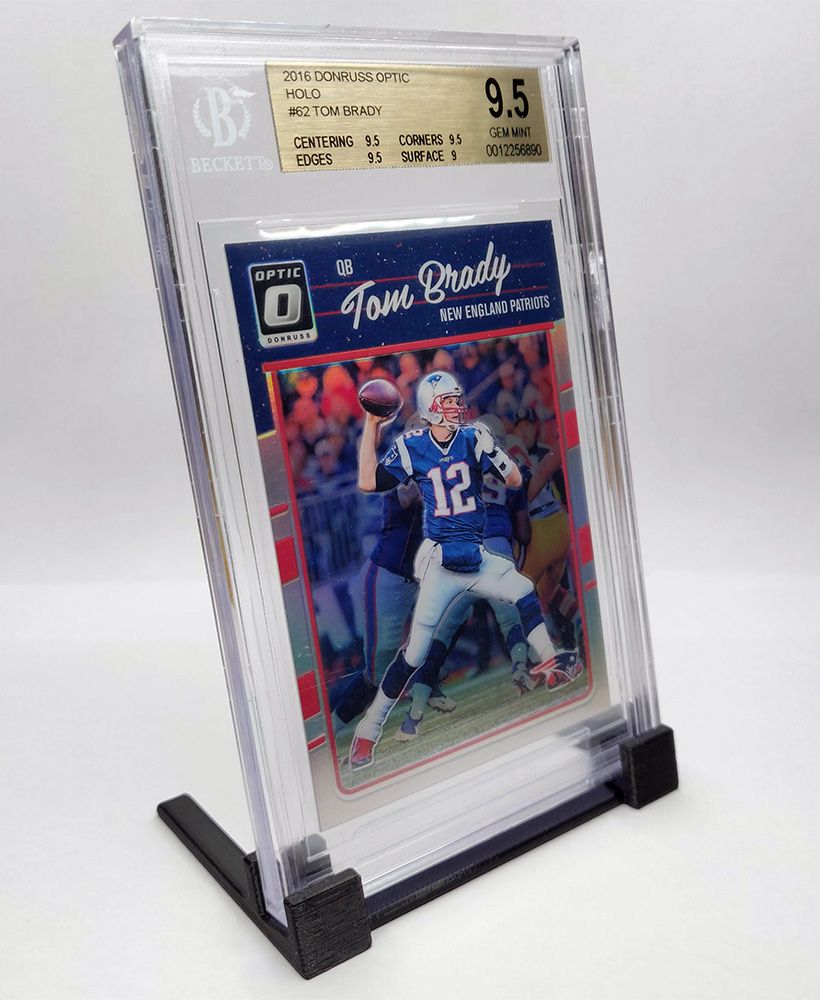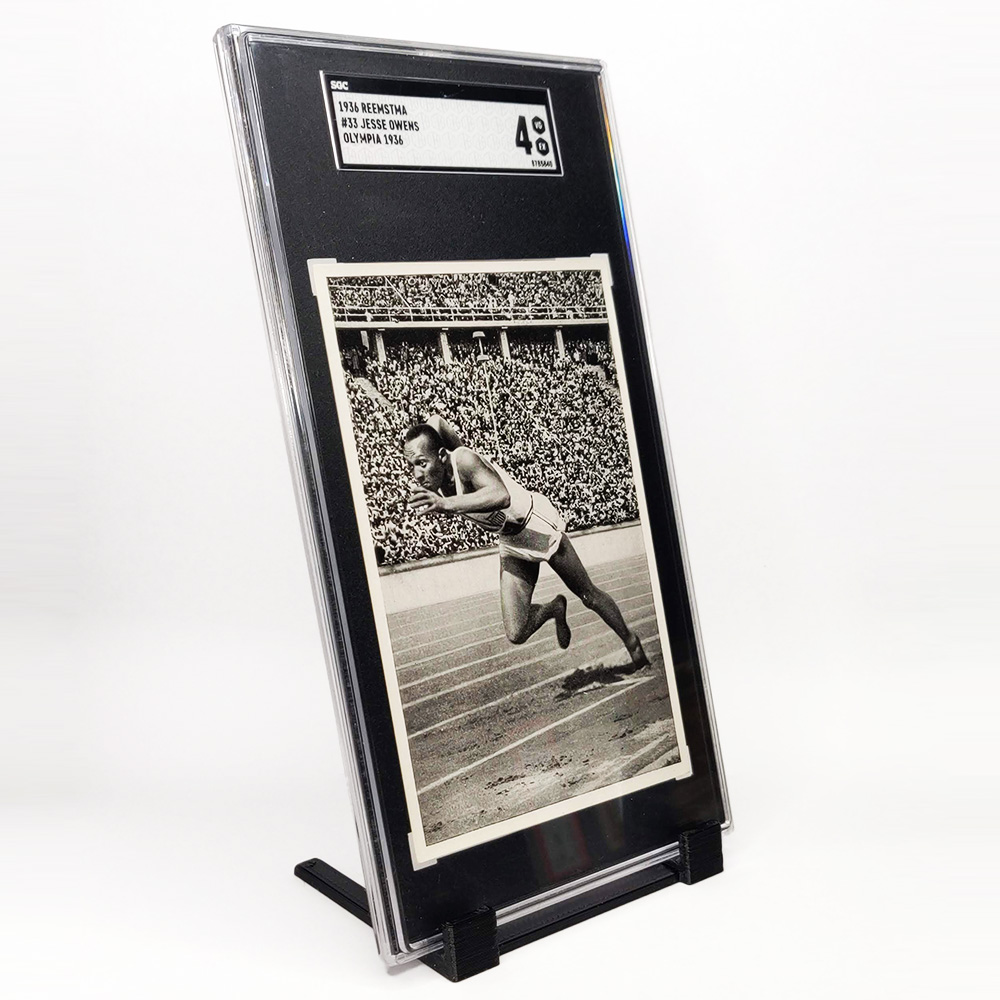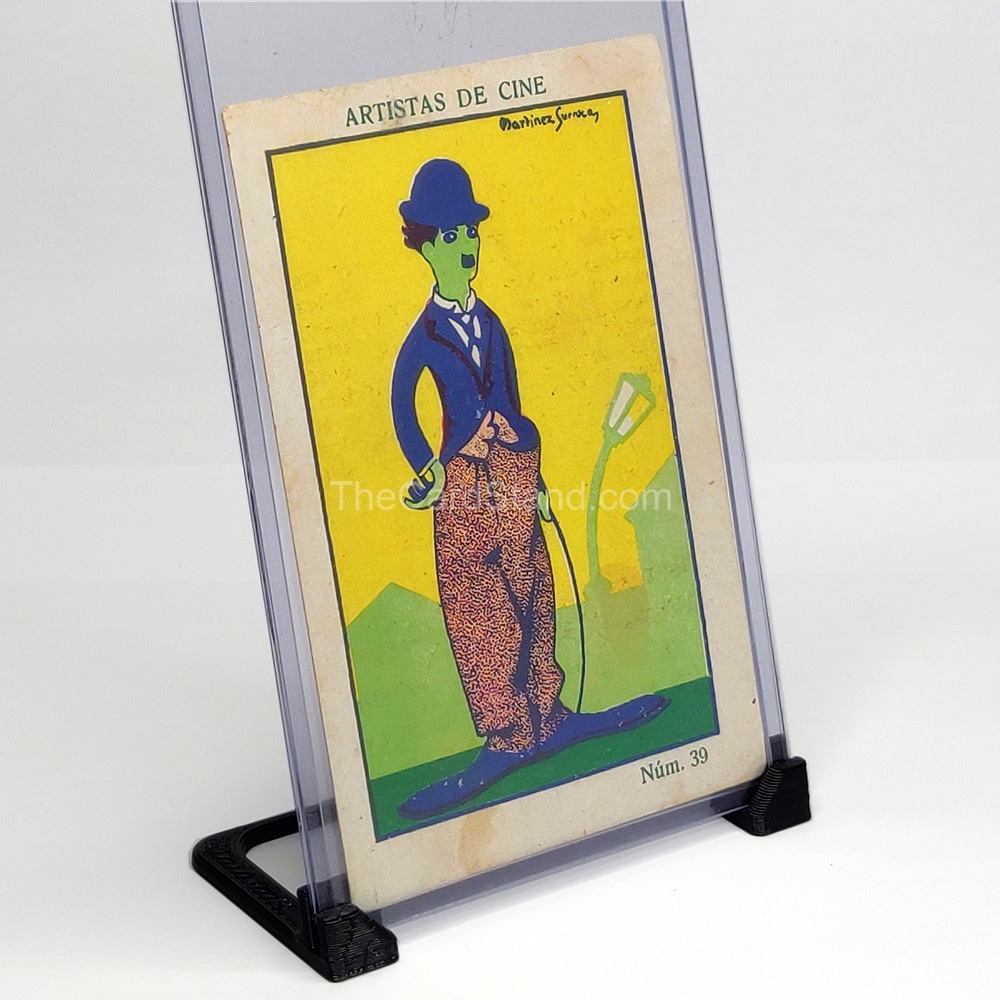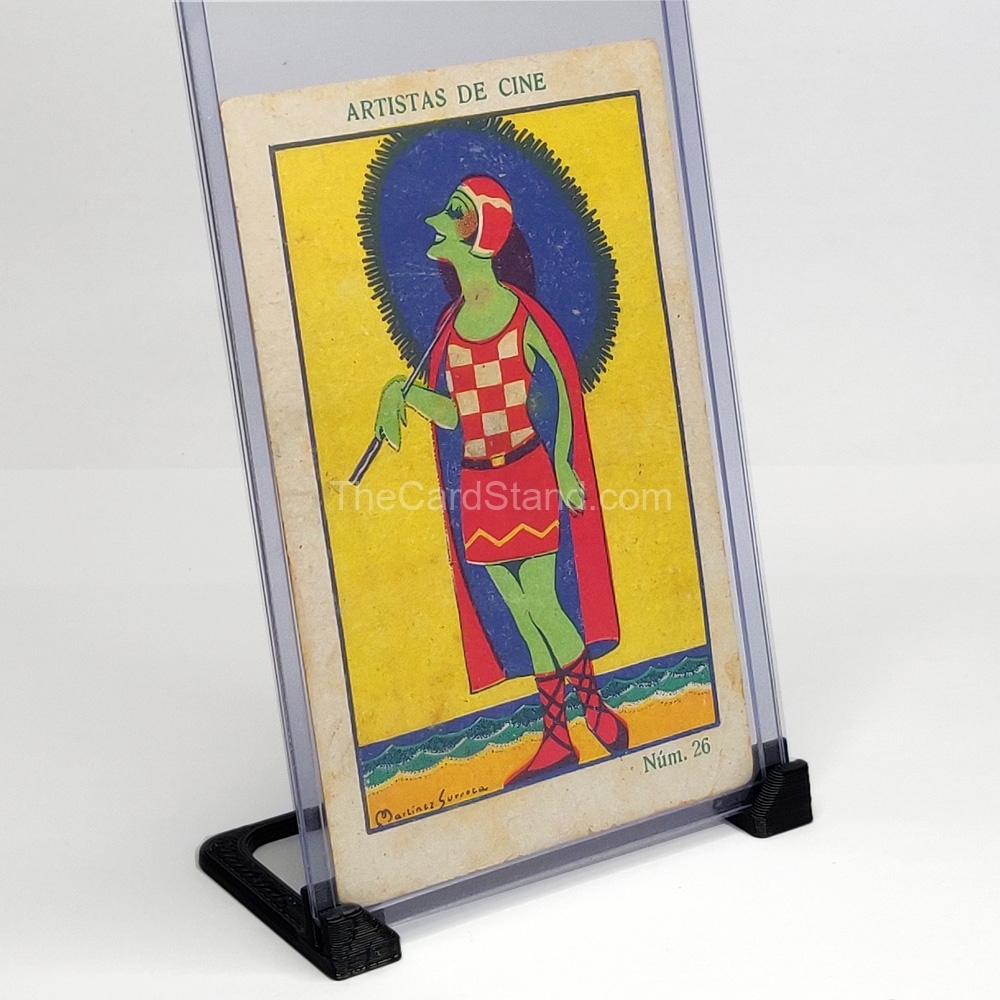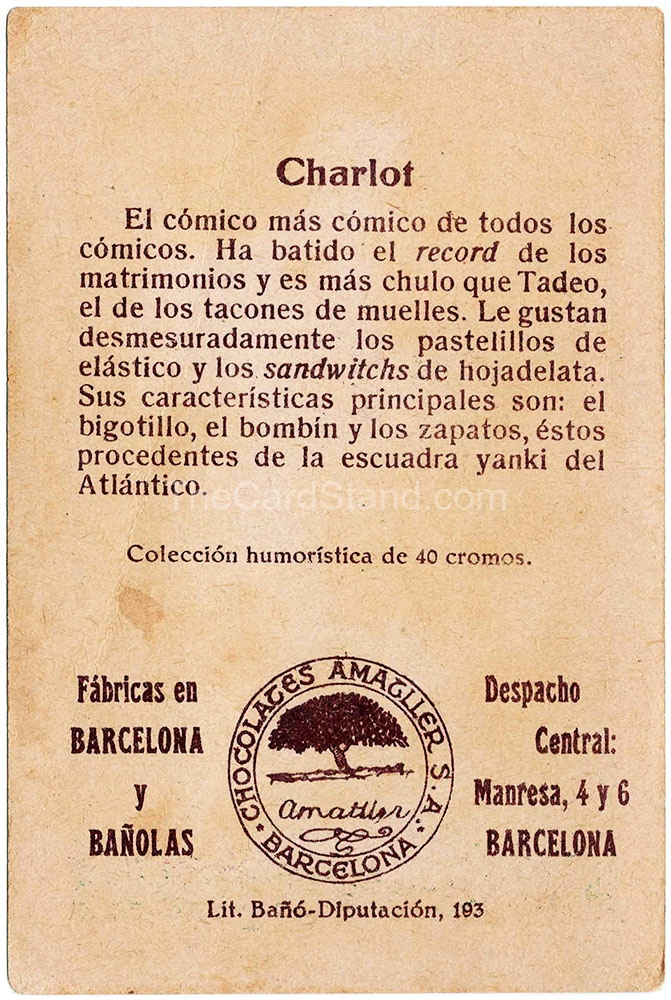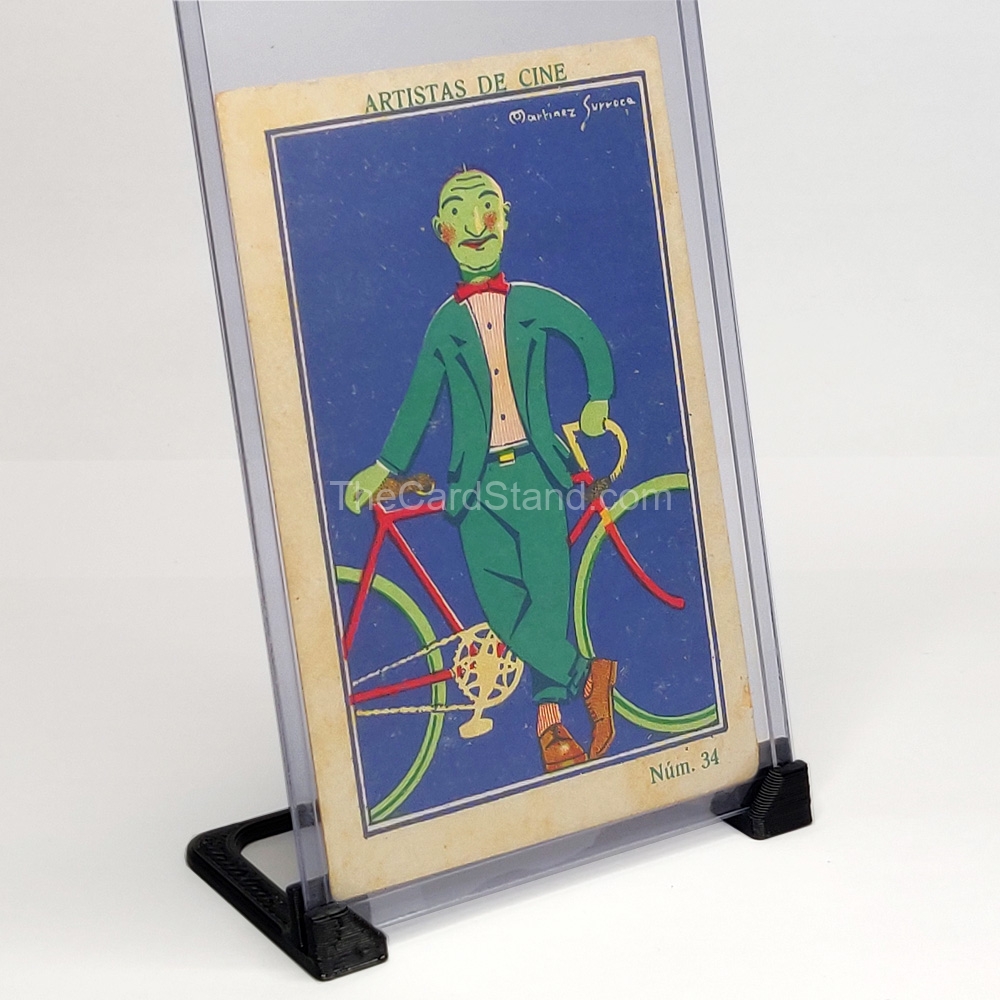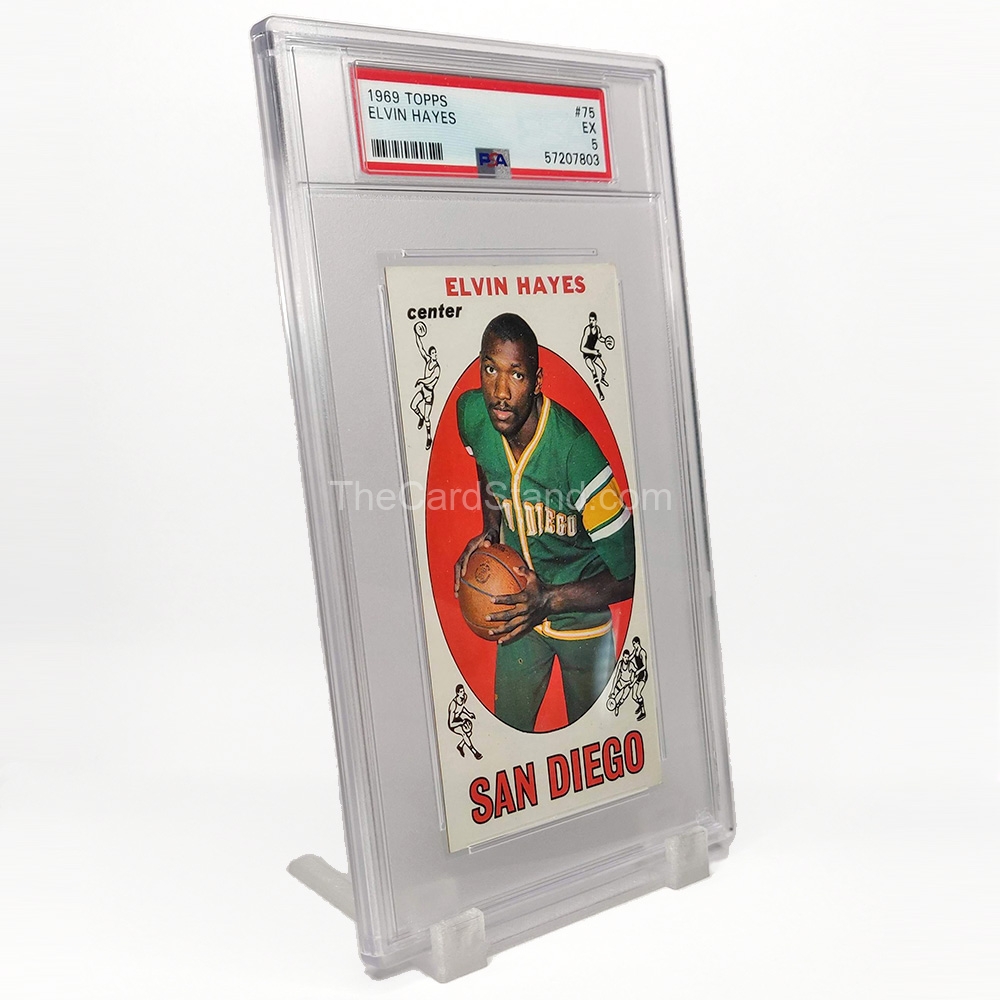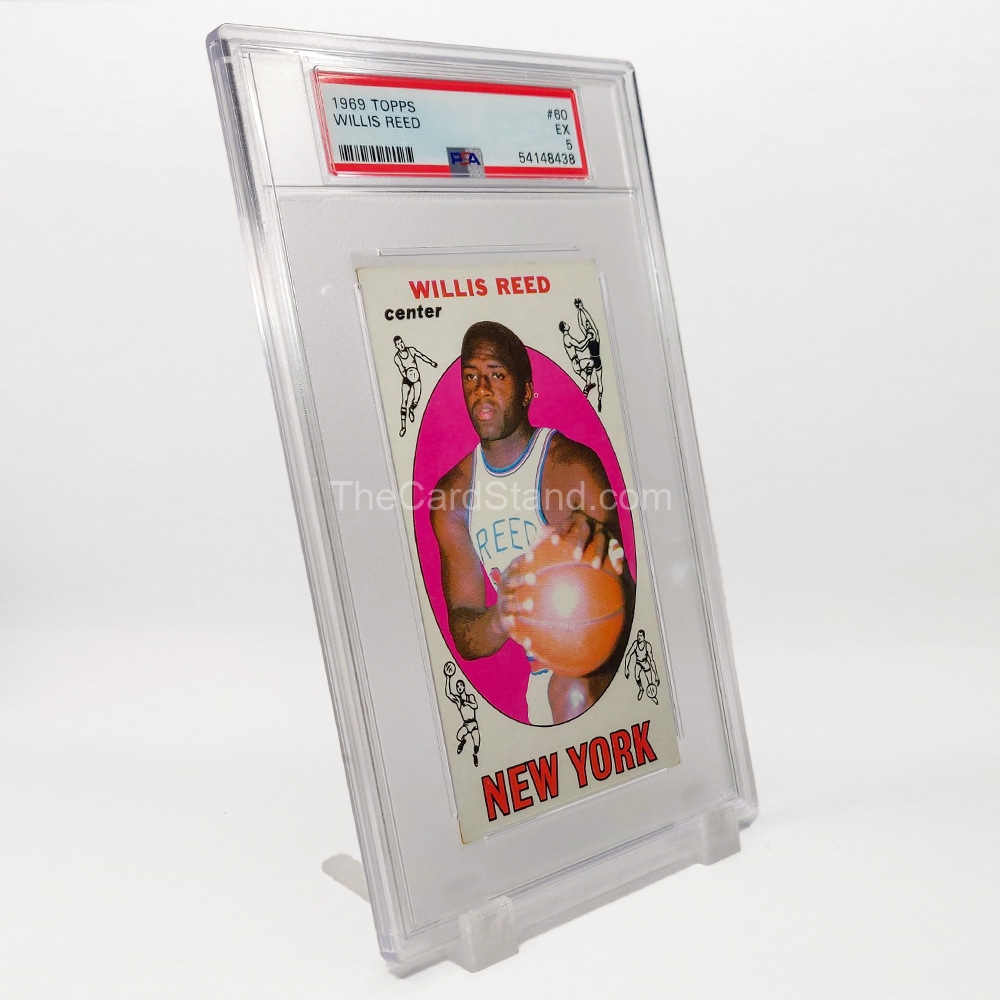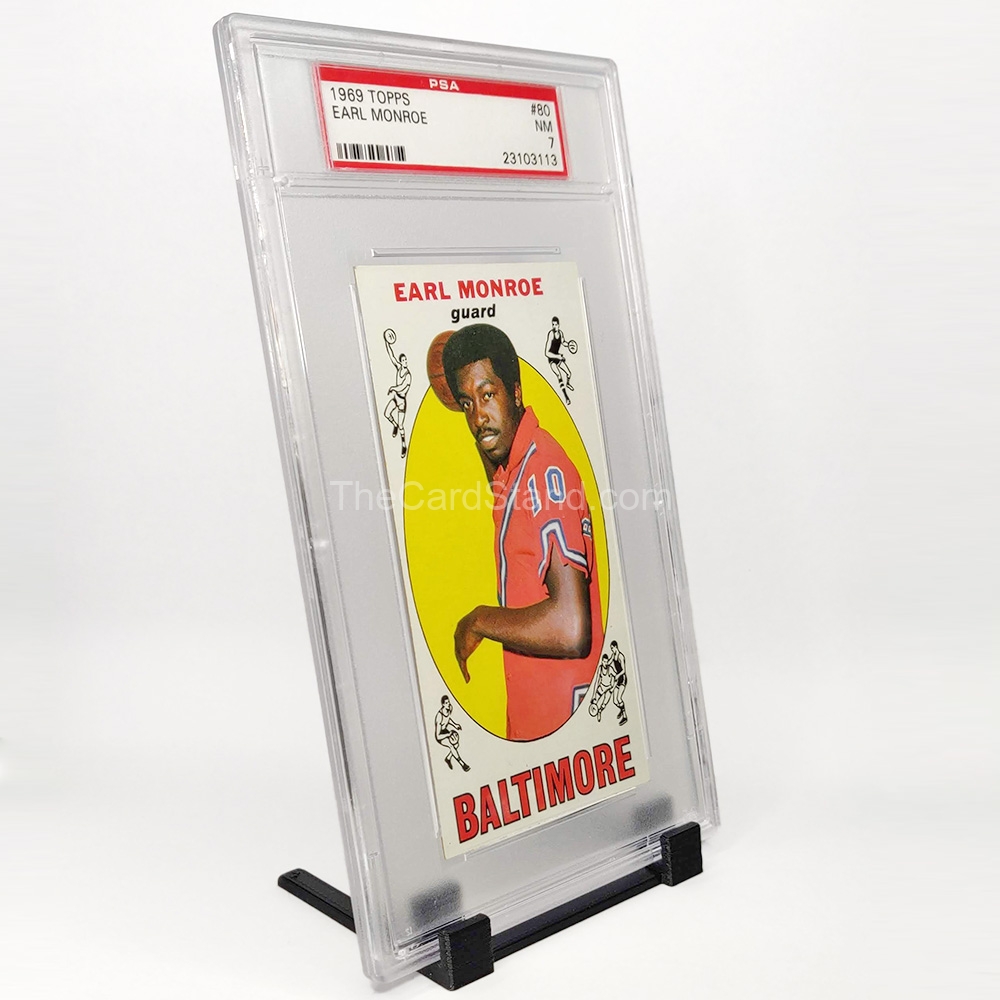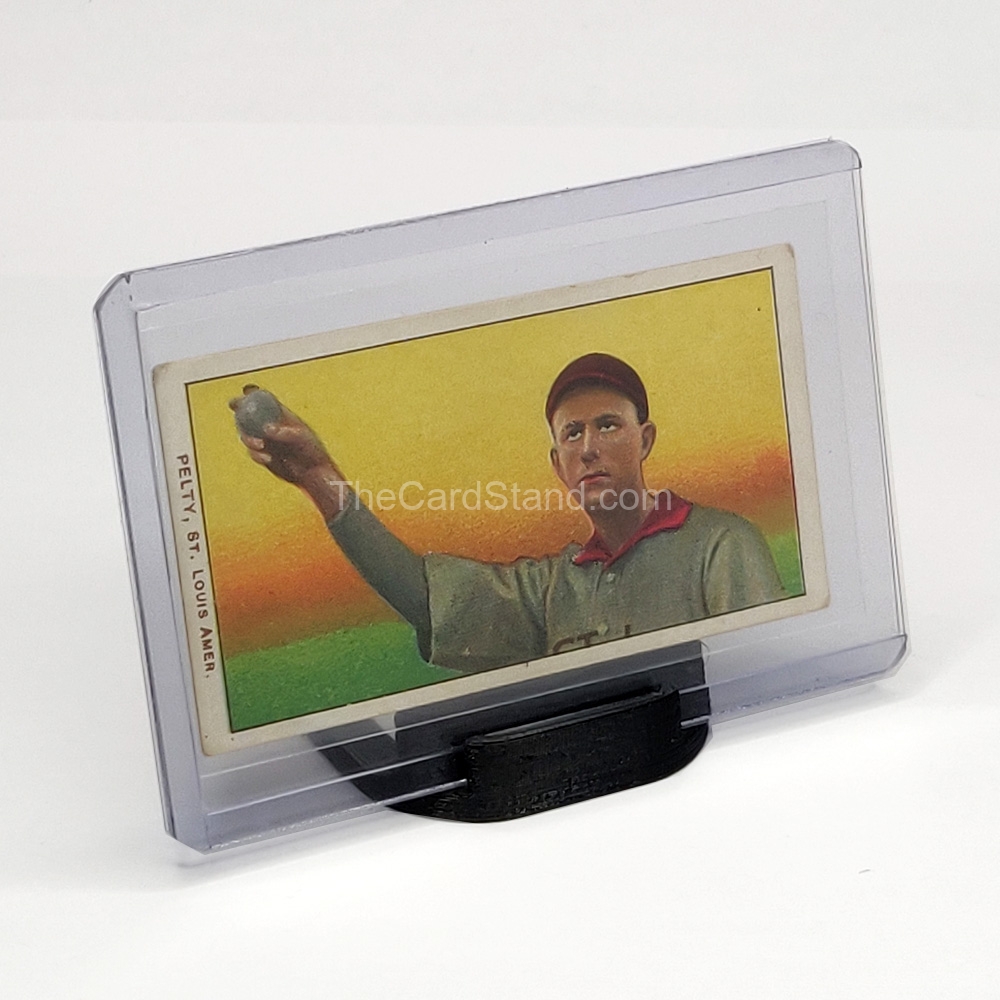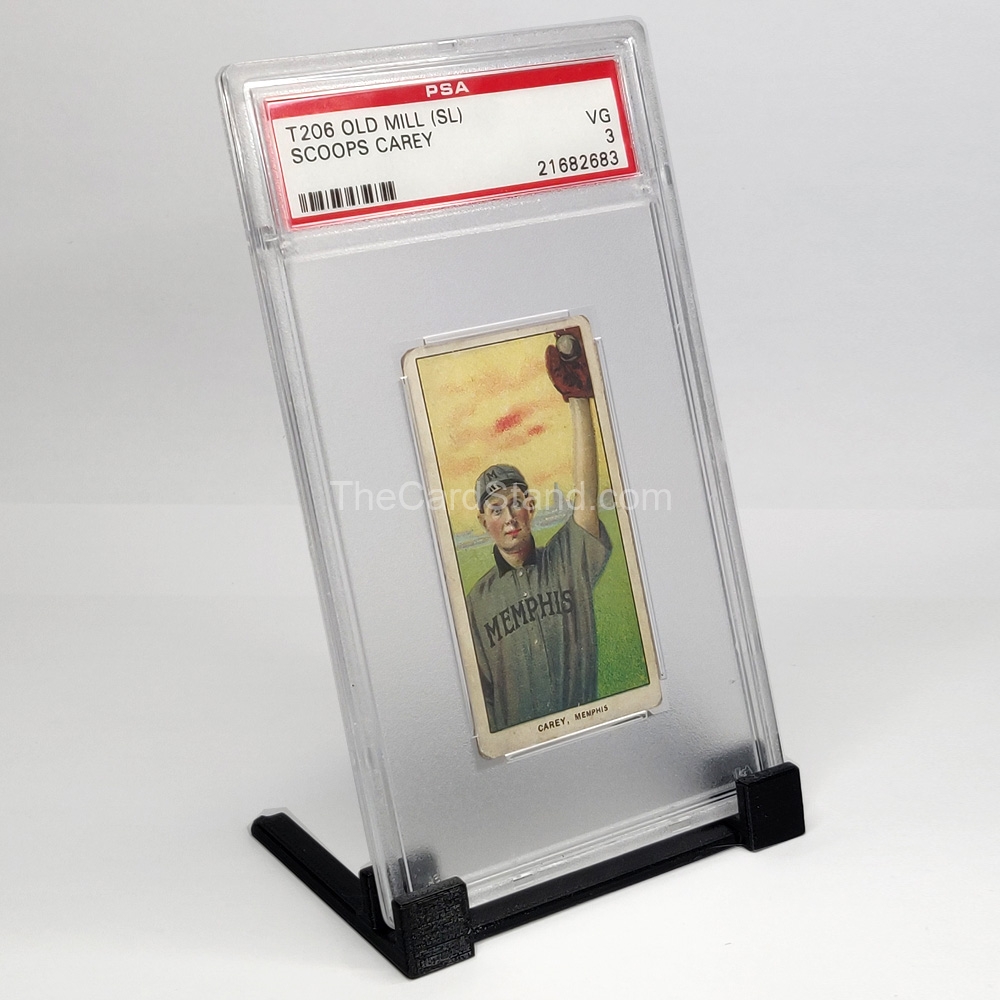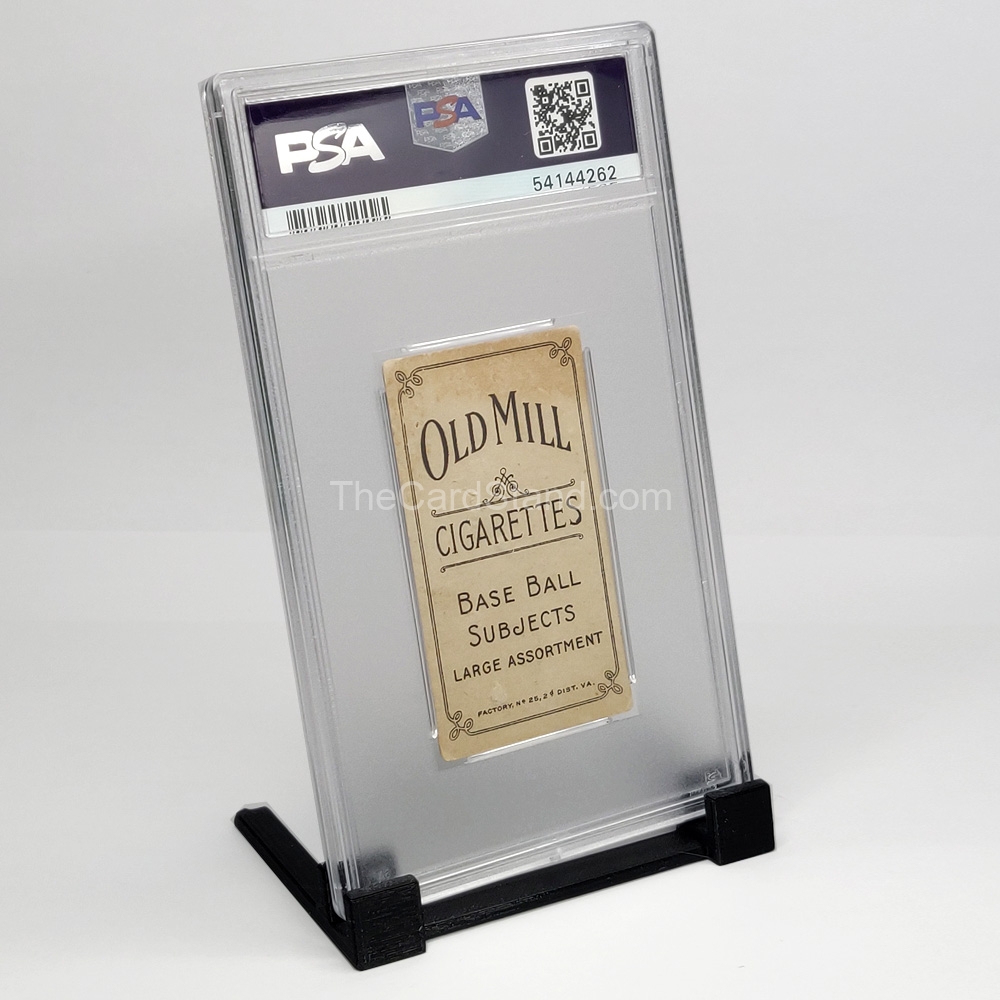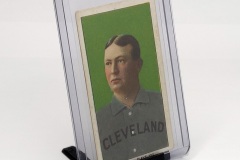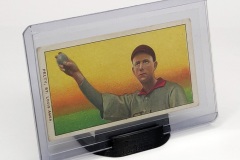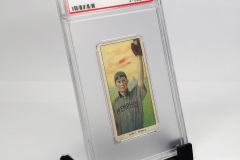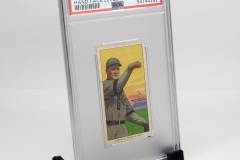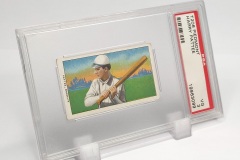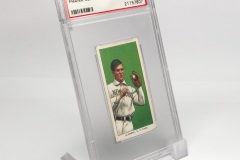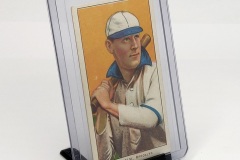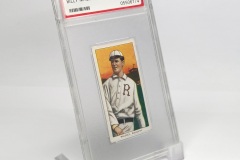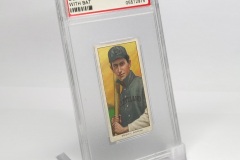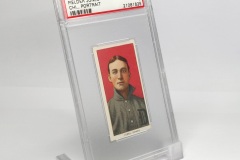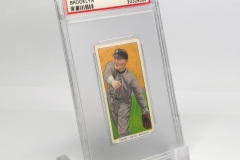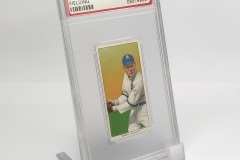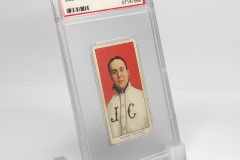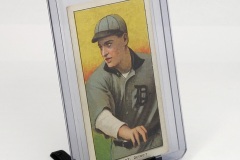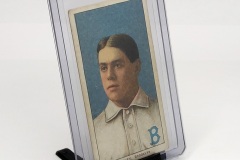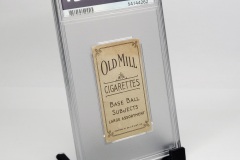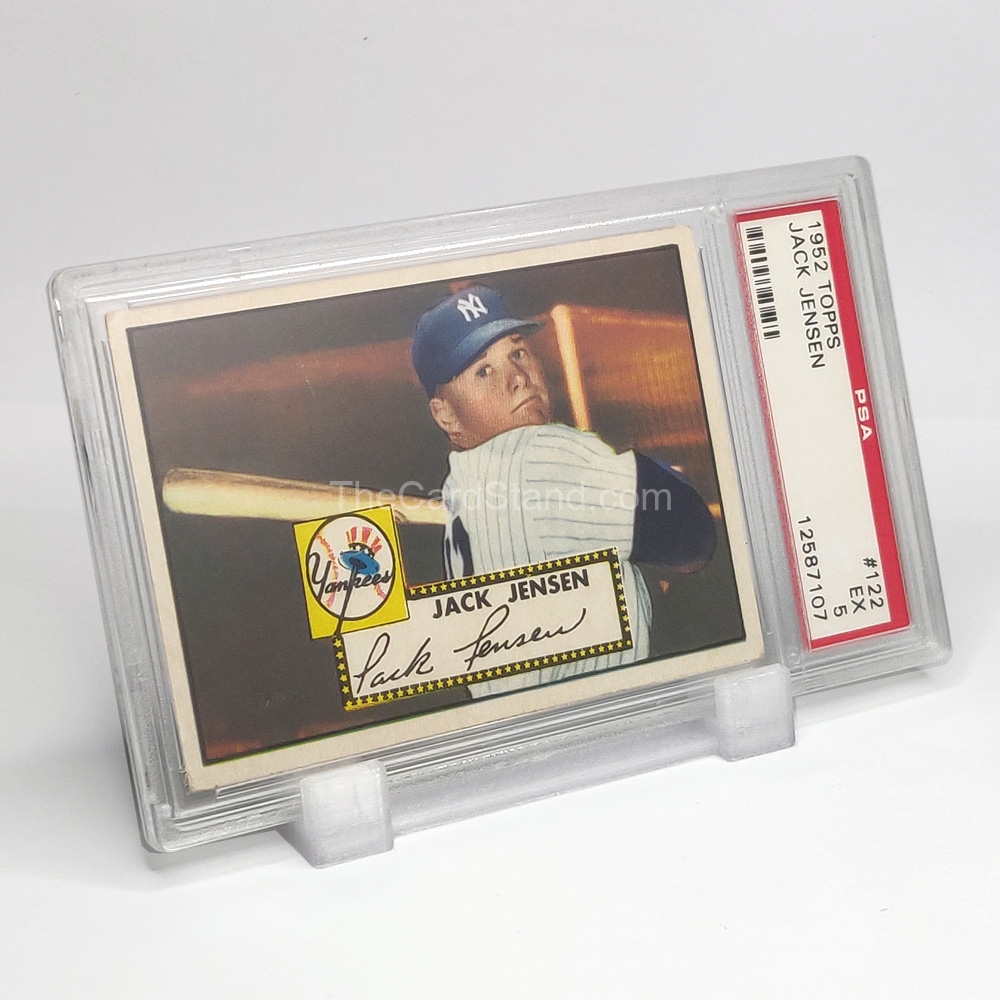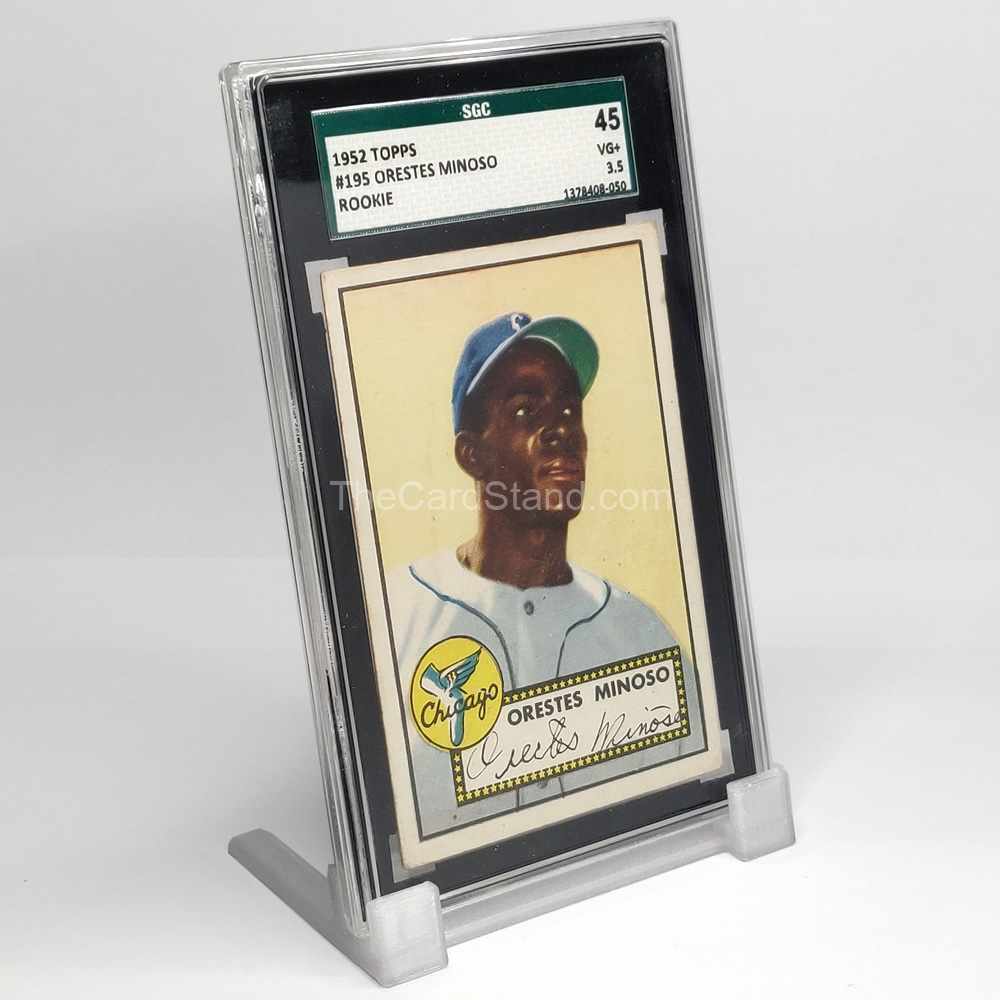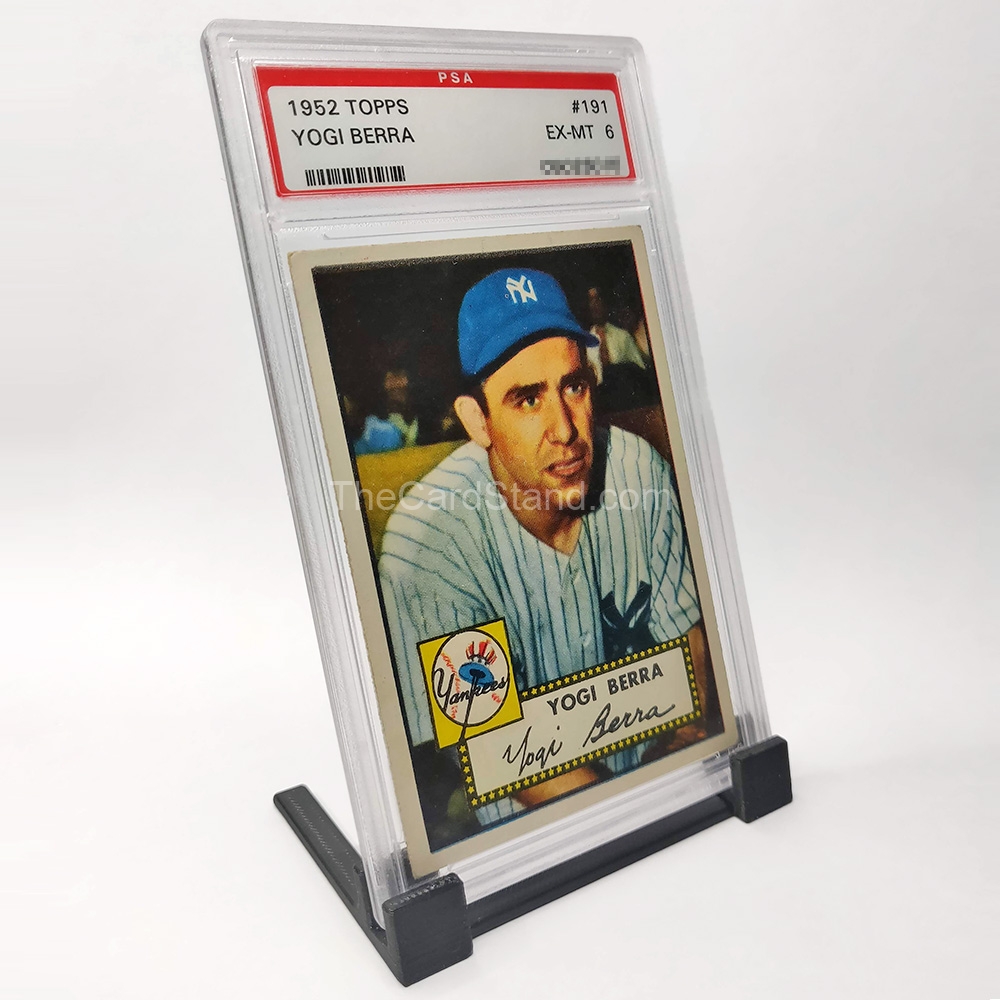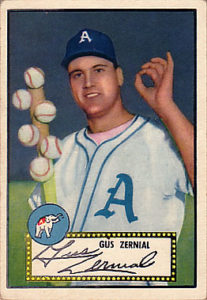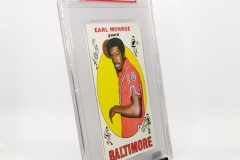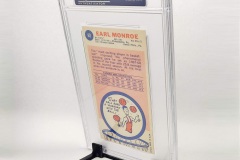In the annals of basketball history, a rivalry of epic proportions has captivated the hearts of fans and enthusiasts alike for generations – the timeless clash between Michael Jordan and LeBron James. These two colossal figures stand as pillars of the sport, each leaving an indelible mark on the game they love. In this article, we embark on a journey to explore their extraordinary careers, their playing styles, and the impact they’ve had on the sport they’ve mastered. So, fasten your seatbelts as we delve into the awe-inspiring tale of two basketball legends.
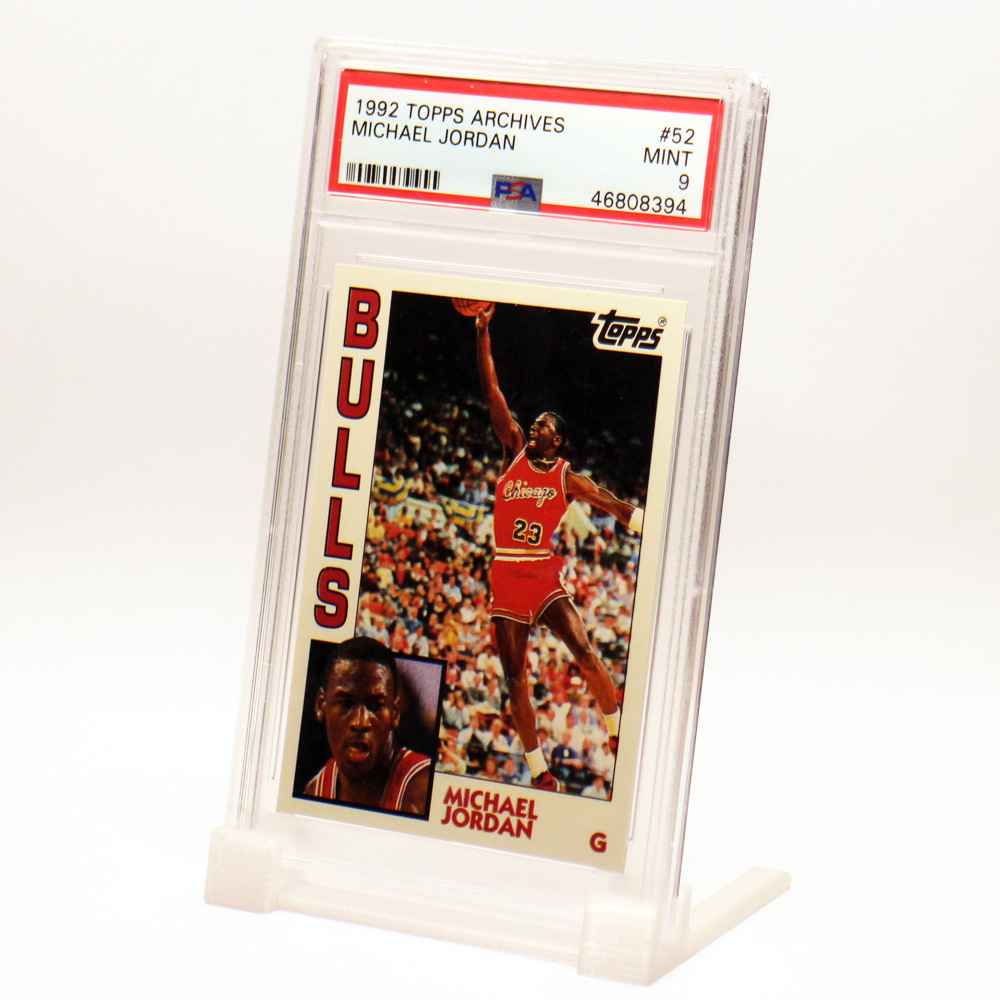
1. Michael Jordan: The Godfather of Modern Basketball
Michael Jordan, often referred to as the “GOAT” (Greatest of All Time), emerged from humble beginnings to rewrite the very fabric of basketball. Born in Brooklyn, New York, and raised in Wilmington, North Carolina, Jordan’s journey to greatness began as a young boy with a burning passion for the game.
1.1 Early Struggles and Triumphs
In his high school days, Jordan displayed remarkable talent on the court, leading his team to victory and catching the attention of college scouts across the nation. He secured a basketball scholarship at the University of North Carolina and soon soared to prominence, hitting the game-winning shot in the 1982 NCAA Championship, etching his name into basketball folklore.
1.2 Dominating the NBA
Jordan’s rise to NBA stardom was meteoric. He was drafted third overall by the Chicago Bulls in the 1984 NBA Draft. From that moment on, the world witnessed an extraordinary spectacle of athleticism, finesse, and sheer willpower. Jordan’s aerial artistry and uncanny ability to take over games earned him six NBA championships with the Bulls, along with numerous accolades, including five MVP awards.
1.3 Beyond the Game
Jordan transcended the sport of basketball and became a global icon. His charisma and style inspired an entire generation. From the iconic Air Jordan sneakers to his partnership with Nike, Jordan’s influence extended far beyond the hardwood court. He became a cultural phenomenon, and his impact is still felt in popular culture today.
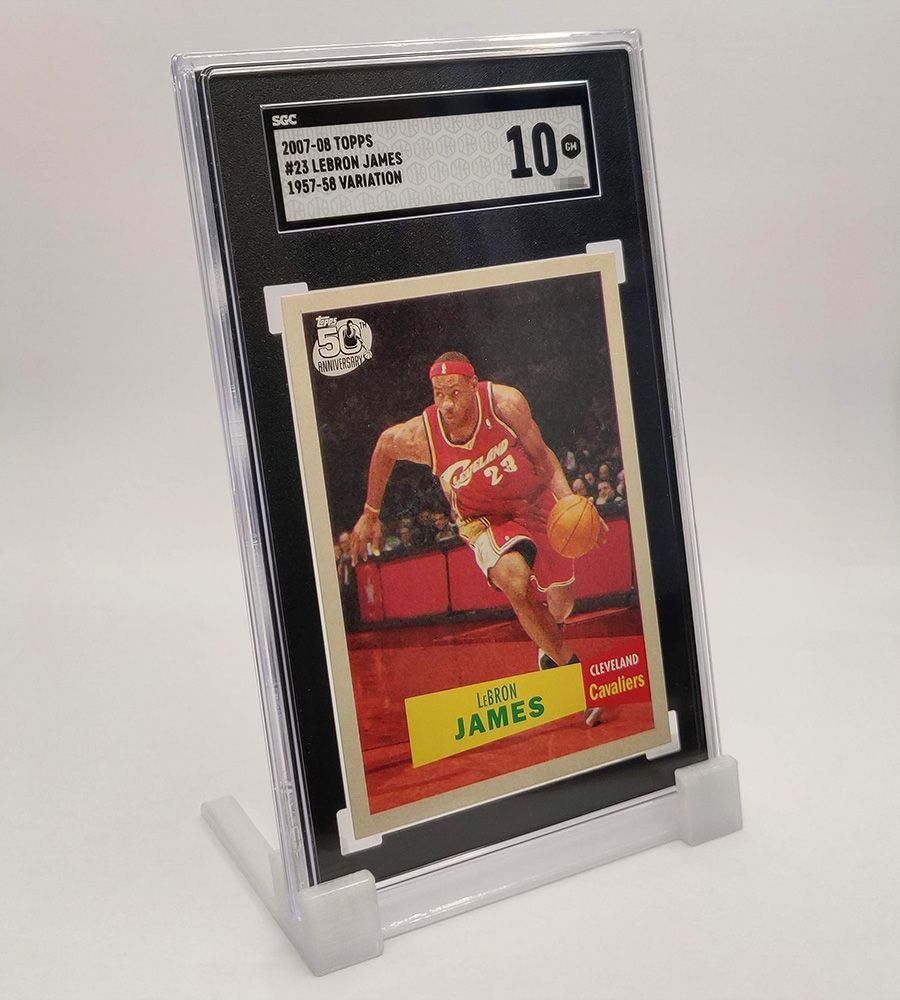
2. LeBron James: The Chosen One
If Jordan represented the past and present, LeBron James symbolizes the future of basketball. Born and raised in Akron, Ohio, LeBron’s rise to stardom was destined from the start.
2.1 A Prodigy in the Making
LeBron’s talents were evident even in his early years, and he was dubbed “The Chosen One” by Sports Illustrated while still in high school. His dominant performances for St. Vincent-St. Mary High School set the stage for a highly anticipated entry into the NBA.
2.2 The King’s Reign in the NBA
LeBron’s professional career began in 2003 when he was the first overall pick by the Cleveland Cavaliers. Like Jordan, he quickly established himself as one of the league’s most formidable forces. His versatility, court vision, and extraordinary basketball IQ made him a triple-threat on the court. After bringing success to the Cavaliers, he made his way to the Miami Heat, where he won two NBA championships, before returning to Cleveland to secure the city’s first-ever NBA title. LeBron’s move to the Los Angeles Lakers further cemented his status as a basketball deity, leading the team to another NBA championship.
2.3 Beyond Basketball
Off the court, LeBron James has been a vocal advocate for social justice and has used his platform to effect positive change in communities across the United States. His philanthropic endeavors and commitment to empowering the next generation have made him a beloved figure both on and off the court.
3. Comparing Legacies: The Eternal Debate
The comparison between Michael Jordan and LeBron James remains a topic of heated debate among basketball enthusiasts and analysts. Both players have left an indelible impact on the sport, but their styles and eras differ significantly.
3.1 The Case for Michael Jordan
Jordan’s unmatched will to win, combined with his six NBA championships and numerous records, solidifies his claim as the greatest basketball player of all time for many. His ability to perform under pressure and deliver game-winning shots in crucial moments earned him the nickname “Clutch.”
3.2 The Case for LeBron James
On the other hand, LeBron’s longevity, versatility, and sheer dominance over multiple eras of basketball have brought his name into the GOAT conversation. With his combination of scoring, playmaking, and leadership, LeBron’s impact on the game transcends statistics.
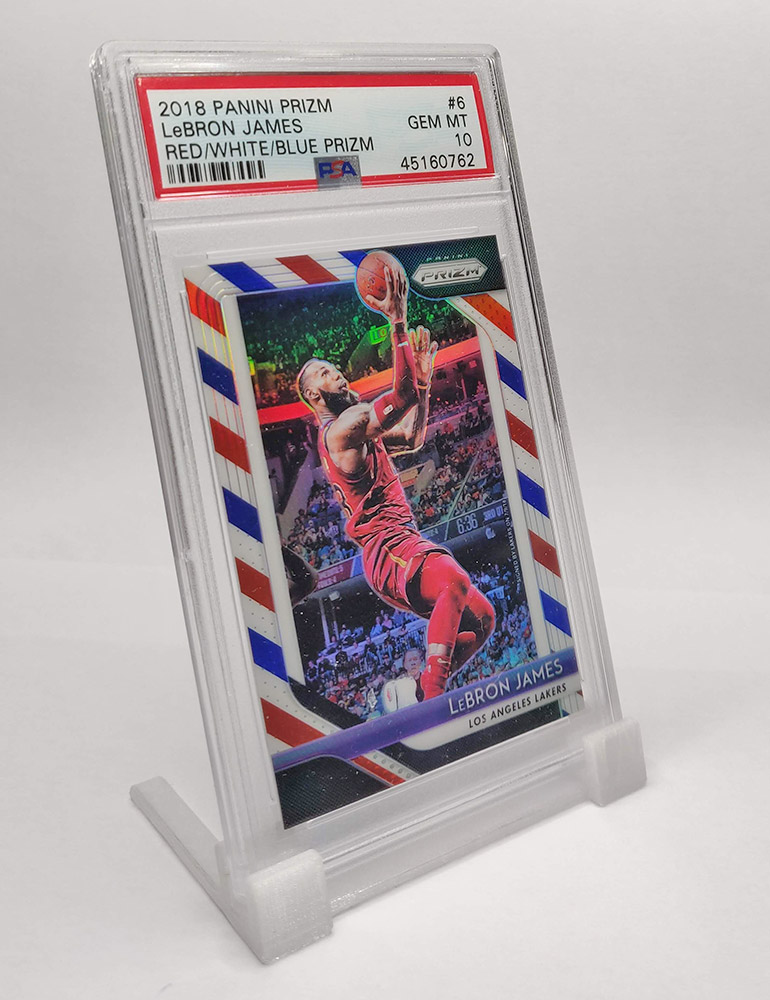
4. Conclusion: A Legacy Beyond Comparison
In the end, the rivalry between Michael Jordan and LeBron James may never have a definitive conclusion. Both players have achieved greatness in their unique ways, leaving fans and historians with the delightful task of discussing their brilliance for generations to come.
As the sport of basketball continues to evolve, it is only natural that new talents will rise, and new debates will ignite. But one thing is certain – the legacy of Michael Jordan and LeBron James will forever remain intertwined in the fabric of basketball history.
Remember, greatness comes in many forms, and the impact of these two legendary players will be felt for eternity. Whether you side with the Airness or the King, the magic they brought to the game will continue to inspire and captivate basketball enthusiasts for ages to come.
